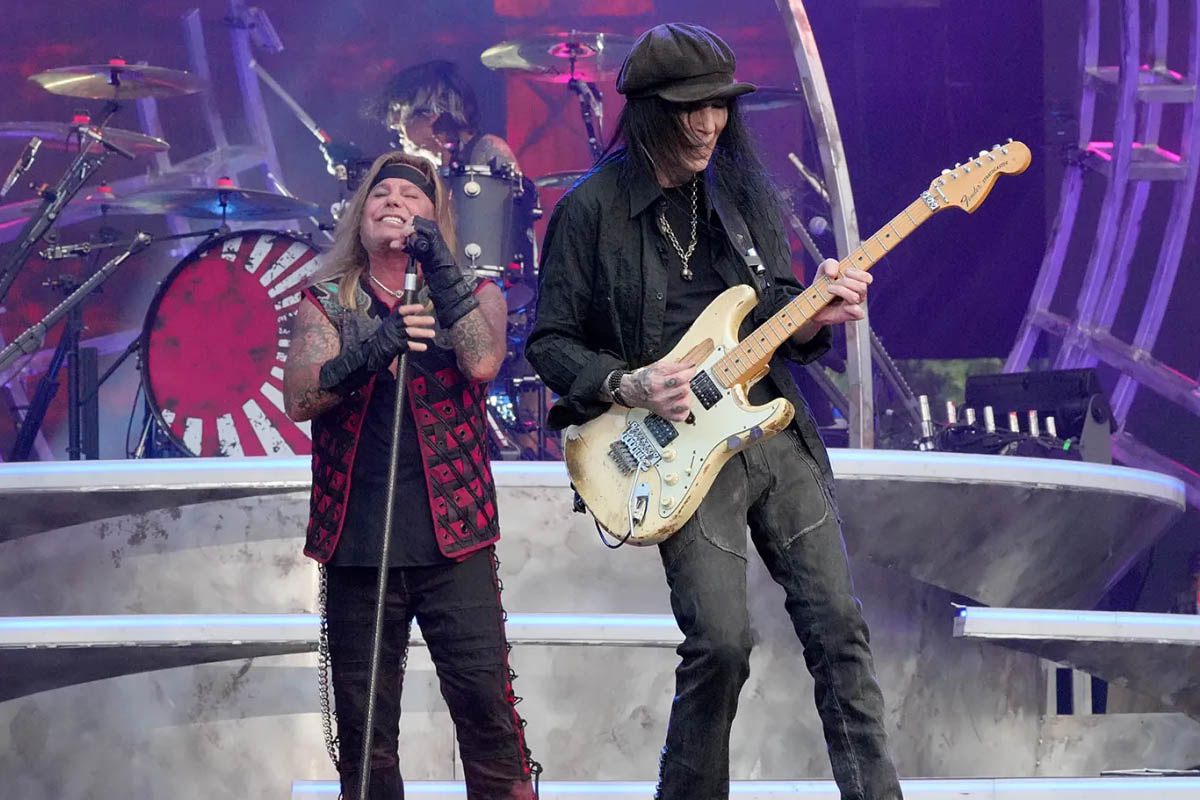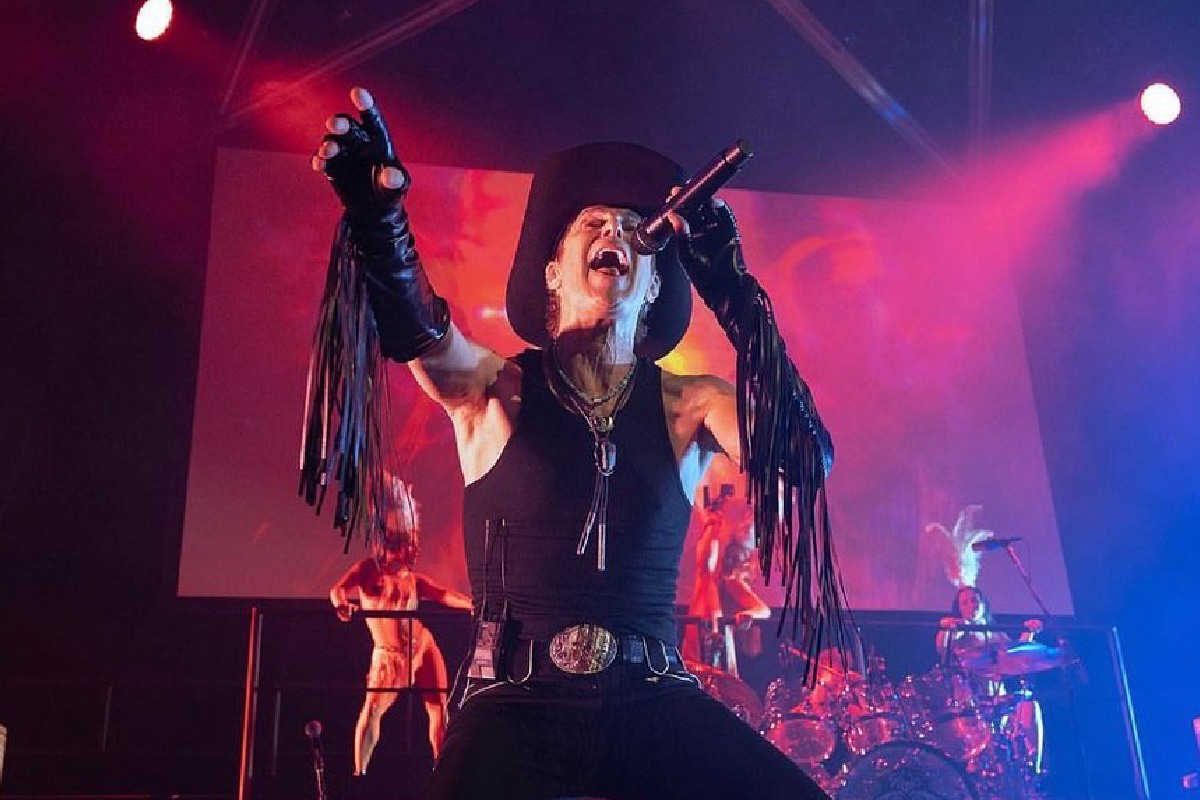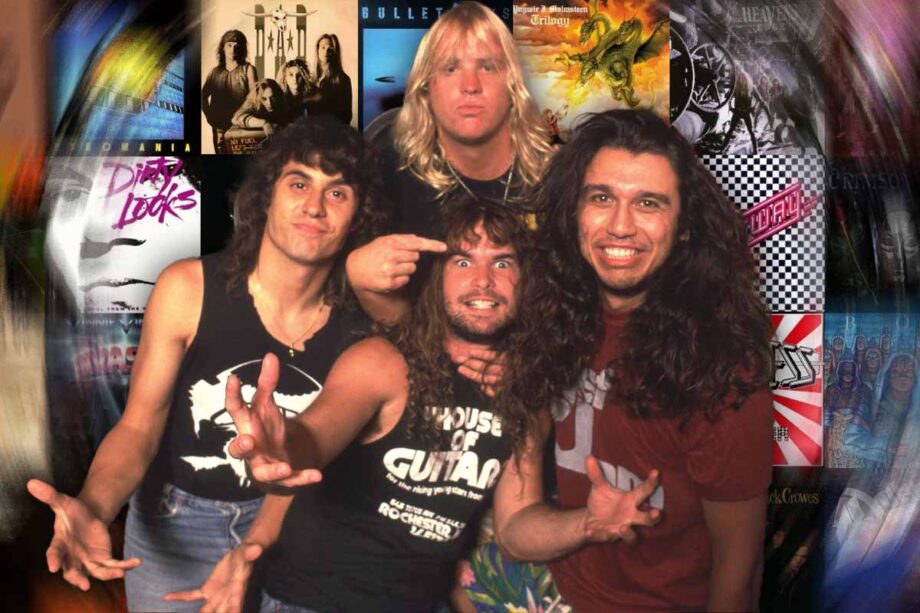The 1980s were both the high point and the downfall of heavy metal. It was a time of excess, flashy style, and mainstream success, but some of the choices made back then set the stage for the genre’s decline in the early ’90s. Metal never disappeared, but these missteps definitely changed its course.
5. The Overcommercialization Of Glam Metal

By the mid-to-late ’80s, glam metal was everywhere. Bands like Mötley Crüe, Poison, and Ratt ruled MTV, but that level of popularity came with problems.
The music industry became more focused on looks and radio-friendly songs than on musicianship. Many bands followed the same formula—party anthems, power ballads, and flashy solos—which got repetitive fast. Even casual listeners started getting bored, and by the late ’80s, the shift toward alternative rock had already begun.
4. The PMRC And Censorship Battles

The 1980s saw a wave of backlash against heavy metal, with groups like the Parents Music Resource Center (PMRC) claiming it promoted Satanism, drugs, and bad behavior. This led to censorship battles and the creation of the ‘Parental Advisory’ label. While fans stood by their favorite bands, the media pushed the idea that metal was dangerous, which only hurt its mainstream reputation.
Dee Snider and others fought for artistic freedom, but the hearings made metal look like a threat. Some bands used the controversy to their advantage, but others struggled as radio stations and stores refused to carry their music. Parents warned their kids against listening, schools banned albums, and even churches got involved, holding record-burning events. All of this made it harder for metal to stay in the mainstream.
3. The Overproduction And Sterilization Of Sound

Thrash metal, led by bands like Metallica, Slayer, and Megadeth, started as a reaction to glam metal’s commercial side. It was fast, aggressive, and technical, appealing to fans who wanted something heavier. But by the late ’80s, even some thrash bands started softening their sound to reach a bigger audience.
Metallica’s 1991 self-titled album (‘The Black Album’) is a key example. It was a massive hit, but it also marked a move away from their thrash roots. Other bands faced the same pressure, and as thrash became more mainstream, it lost some of its rebellious edge. This shift left a gap that other styles were more than ready to fill.
2. Labels Pushing Bands To Follow Trends Instead Of Innovating

By the late ’80s, many metal bands fell into predictable patterns. Power ballads became a requirement, lyrics felt repetitive, and image often mattered more than originality.
When grunge and alternative rock exploded in the early ’90s, metal suddenly felt outdated. Bands that took risks—like Faith No More and Jane’s Addiction—were better in tune with the changing music scene. Their willingness to evolve kept them relevant, while many traditional metal bands either faded or had to completely reinvent themselves.
1. The Rise Of Grunge And The Fall Of ’80s Metal Icons

MTV helped metal blow up in the ’80s, but when the next big trend came along, a lot of metal bands found themselves stuck. Hair metal, in particular, had relied so much on image that when grunge took off, it suddenly looked out of touch.
Grunge focused on raw emotion and stripped-down sounds, which was the complete opposite of metal’s polished, over-the-top style. Fans shifted toward this new, more ‘authentic’ music, and many metal acts couldn’t keep up. By the early ’90s, the era of big hair and flashy solos was over, and a new wave of rock had taken its place.





